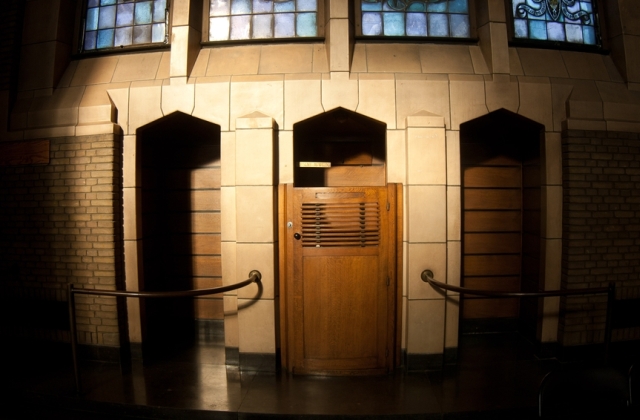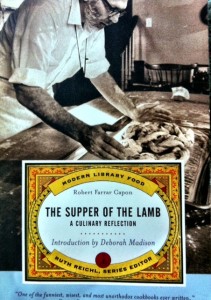So, yes, I’ll admit that I was a bit disappointed (stage cue: slight choke in voice) to find out — while reading Rod “friend of this blog” Dreher’s usual 10,000 to 15,000 words of daily blogging output — that I was not one of the two newspaper columnists that he consistently gets to read. But, hey, I run in small- and mid-sized newspapers and I know that Rod’s a very busy guy. I mean, really, look at his blog: He must read 10 books and journals a day!
So, what really interested me was that, right in the middle of that particular post (a meditation on whether news columnists still matter during these online-commentary-saturated days), the working boy went and produced a genuine chunk of fantastic GetReligion work.
So without further ado, I hereby claim said chunk of type as a guest column.
So there.
You probably have examples in mind from your own experience of ways that current newspaper columnists could make their work more inspired, and therefore inspiring. I’d like to hear them. Whether you and I, readers, are coming from the left or the right or somewhere in between, I think we can agree that the uniformity of consensus opinion in our newspapers and on TV is a big part of the problem. And it’s not only uniformity of opinion about the left-right boundaries of our discourse. It’s a uniformity of opinion about what constitutes news.
Let’s take Fox News for example. This is supposed to be the conservative news network, but their idea of what constitutes conservatism, and news of interest to conservative viewers, is deeply Washington-centric, and deeply centered in the media class and its prejudices. In this, they’re no different from the competition; it’s just that as someone who has been part of the conservosphere for most of my adult life, it frustrates me to see how much Fox is ignoring for the sake of observing media conventions. For example, I’ve long marveled over the lack of religion and culture coverage on Fox. By religion and culture, I don’t mean the “War On Christmas” and other tabloid staples. I mean any sort of serious, sustained coverage, both in reporting and commentary, of stories emerging out of the world of religion and culture — stories that tell us, for better and for worse, something important about the world we’re in.
Here’s an example. In my little Southern town, the Methodist church is about to get a new minister — a woman pastor. She follows a woman pastor, who broke the clergy gender line at the church. My folks, who attend there, gave me the news the other night, and I mentioned to them that they will probably not live to see another male pastor at that parish. I explained to them that this is partly because of their age, but also because in mainline Protestant churches, the clergy class is becoming more and more female. Women make up about 20 percent of the clergy in mainline Protestant denominations, including Methodism — but that is fast changing. According to a 2006 New York Times report:













